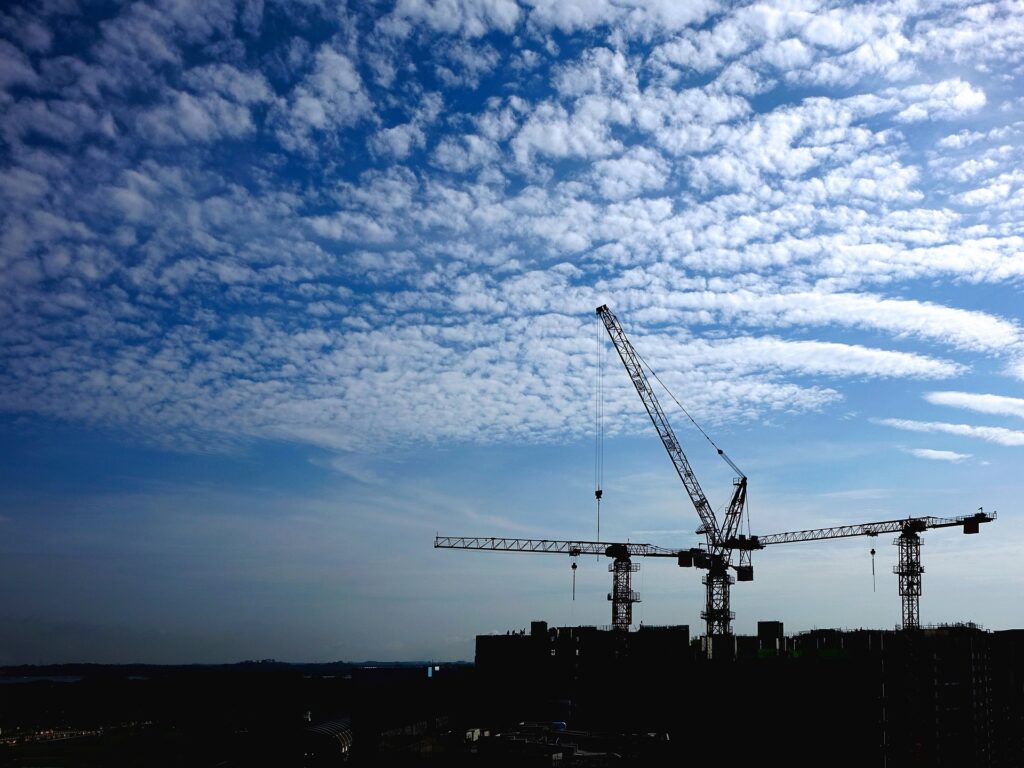Alex Csaky
BA Archaeology and Anthropology Student, University of Oxford
Email: [email protected]
Urban sprawl, greenhouse emissions and unaffordable housing are just some of the common terms we have become familiar with in recent years when discussing the problems facing urban areas around the world. Although much research exists regarding how to combat many of these issues, one solution that could help alleviate many existing issues is that of brownfield redevelopment.
The definition of a brownfield varies depending on country, but a general theme is that it is land that was once developed on, but is now no longer useful, be that from abandonment and dereliction, or
from underutilisation. Typically, such land is contaminated and requires remediation before it can be further developed and lies within or nearby an urban area with pre-existing infrastructure already in
place. Brownfield redevelopment aims to decontaminate such land and build upon it, usually with housing, although mixed-use and commercial development are not uncommon.

So, what does a successful brownfield project look like? In a survey of academics, developers and public sector workers 40 indicators were pinpointed, spanning across domains: environmental (reduction in water & energy use, creation of green space, reduction in health risks), financial (reduction in liability, return on investment, property value increase), socio-economic indicators (job creation, wage increase, tax revenue) and liveability (reduction in crime, public works, beautification). Furthermore, nature-based solutions to remediation and development can take such benefits a step further, allowing for further impacts not only to local ecosystems, but also providing aesthetic and economic improvements to a project.
The impact of brownfield redevelopment on housing and the economy has already made itself clear through research and ongoing projects. Looking to deprived English neighbourhoods, a study found that from 2001-7, the top 10 and 20 percent most deprived areas with brownfield development saw a 6.6% and 7.2% population increase, as opposed to those without brownfield development that saw a 2.6% and 2.4% increase respectively. In a 2003 survey in the US, it was found that brownfield development across only 148 cities could generate $1.9 billion per year, as well as 576,373 new jobs. Furthermore, for each acre of brownfield that was developed, 4.5 acres of green space was indirectly preserved. An analysis of data from the EPA (Environmental Protection Agency) taken from 1995-2009 makes the impact of brownfield redevelopment even clearer. As of November 2009, over 60,000 jobs had been leveraged through brownfield funding. Furthermore, overall property values within a one-mile radius were seen to increase by $0.5-1.5 million following a brownfield clean-up. Such programmes, therefore, have a significant and positive impact on local housing prices. The Blue Gate Antwerp case study is a prime example of such positive impacts, where the implementation of green infrastructure in the redevelopment of a petroleum harbour in Belgium saw the creation of over €700,000/year in value, as well as a host of social and environmental benefits. Other valuable case studies here include: Kalamazoo (US), Porto Marghera (Italy), Kaizuka Kitamachi (Japan).
It is clear that there are a whole host of benefits to brownfield development, and yet in many countries it is still underutilised. There are still some major limitations that are preventing developers from being able to take advantage of this, primarily stemming from liability. Liability for the contamination of land prevents landowners from wanting to tell developers the exact condition of their land for fear of legal repercussions. This makes it difficult for buyers to know how much they’d be willing to pay for such land, as well as how long it would take to develop the land and the kinds of liabilities that they’d be inheriting. This uncertainty is also off-putting to investors who want to know when they will see a return on their investment and how much they could be making.
The brownfield development process, therefore, is not infallible. Uncertainty and liability pose a major barrier to its success from the developer and investor perspective. The benefits of such projects demonstrate that is a priority for governments to provide incentives and assistance in facilitating these projects, especially emphasizing affordable housing and nature-based methods to make these projects as effective as possible.
